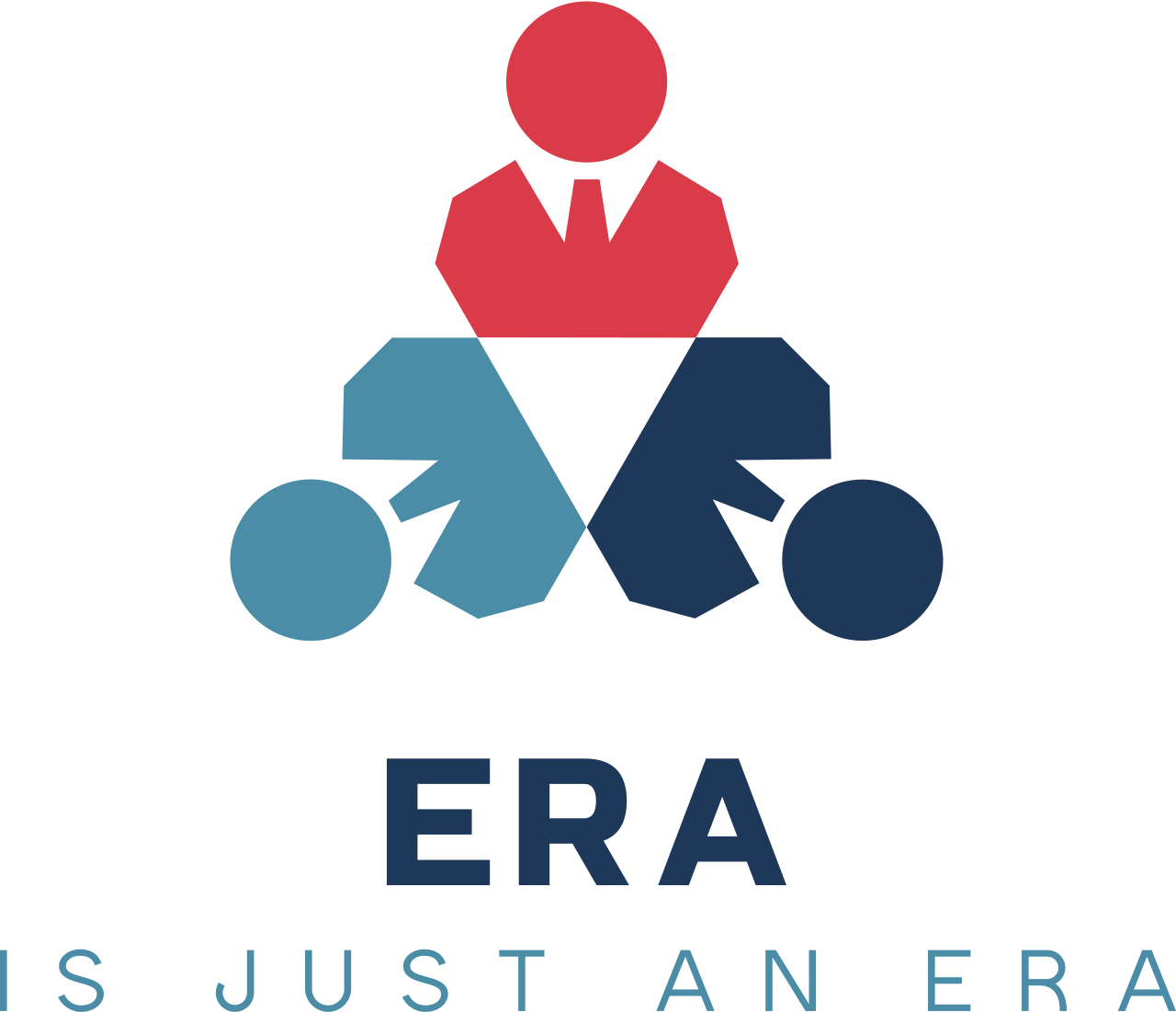Innovative Workspaces: Shaping the Future of Remote and Hybrid Work
In light of the claim by the CEO of a top U.K. bank that remote work impedes women’s careers amid an industry-wide return-to-office surge, what underlying economic, cultural, and organizational factors might be driving this phenomenon in the finance secto Recent research and corporate trends reveal that the traditional office landscape is evolving in exciting ways, largely propelled by the integration of advanced technologies and a growing emphasis on flexible work practices. In today’s dynamic ecosystem, organizations are harnessing innovative strategies to reimagine how employees connect, collaborate, and thrive. One groundbreaking insight centers on the balance between remote work benefits and the challenges that emerge from reduced physical presence. Companies are increasingly acknowledging that while flexible work arrangements empower employees to better manage their personal and professional lives, they also introduce risks such as isolation and diminished visibility within the organizational hierarchy. To counter these challenges, innovative solutions are being proposed that blend the autonomy of remote work with the collaborative advantages of traditional office settings.Corporate giants in the technology and financial sectors demonstrate these innovations by adopting hybrid models. These forward-thinking practices allow staff to transition seamlessly between working from home and gathering in collaborative office environments. By adjusting policies to offer a mix of remote and office-based days, companies are not only responding to employee preferences but also recalibrating their operational frameworks to better foster creativity, team cohesion, and knowledge sharing. This paradigm shift is reflective of a broader move away from rigid office mandates toward flexible, employee-centric work arrangements.The transformative impact of telework is also evident in how researchers are re-evaluating the economic implications of remote work on urban development. Economic models are being developed to account for the trade-offs between reduced real estate usage and the modified productivity dynamics of skilled labor. Such research is shedding light on how innovations in information and communication technology (ICT) are catalyzing changes in labor distribution and even influencing urban planning. As employees migrate based on quality-of-life considerations, we are witnessing the early signs of a restructured cityscape where suburban and urban work hubs coexist in harmony.Moreover, the push toward flexible work brings fresh insights into gender equity in the workplace. With remote arrangements offering an avenue for improved work-life balance, especially for those with extensive household responsibilities, innovative work policies are being scrutinized to ensure they do not inadvertently amplify inequalities or impose unforeseen burdens.Ultimately, the evolution of remote and hybrid work models is a testament to the innovative spirit at the heart of modern work culture. Organizations that embrace these changes are not only reshaping their internal practices but are also setting the stage for a broader transformation in urban economics and workforce development. The future of work, enriched by these innovative approaches, promises a blend of flexibility, enhanced productivity, and a renewed focus on employee well-being and inclusivity.
